How Men Can Promote Muscle Health at Any Age
8 minute read
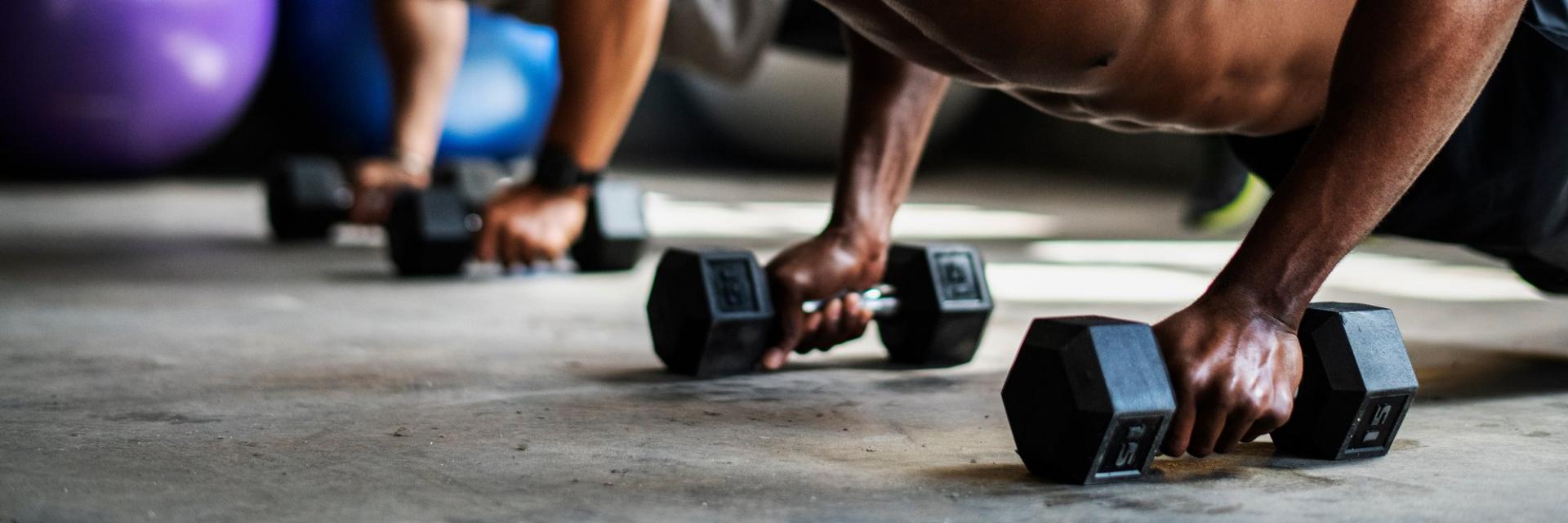
Age-related changes are inevitable, and without proper attention, these changes can throw your health off-balance. You cannot stop the aging process, but you can minimize the effects and support optimal muscle health to maintain a youthful feeling as long as possible.
Muscle Health: 101
Beginning around age 30, men lose about 3 to 5 percent of muscle each decade. Men can expect to eventually lose about 30 percent of muscle through their lifetime.
There are three types of muscles in the body, each with essential roles for promoting optimal health.
♦ Skeletal muscles are connected to the bones and help support the skeletal system and your mobility, so you can walk, run, swim, lift weights, and play sports.
♦ Smooth muscle is involuntary and supports different systems through your body, such as pushing food through your digestive tract.
♦ Cardiac muscle supports heart function, specifically pumping blood through the body.

The efficient function and health of these muscles can be affected by natural aging. It is important to support your muscles in order to maintain healthy aging and an active lifestyle.
Mitochondria Are Man's Best Friend
Mitochondria are organelles found in every cell. They convert chemicals from food into energy to be used by the cells. As part of normal aging, mitochondria activity slows, which may lead to common age-related issues.
With proper nourishment and support, mitochondria can continue to produce the energy your muscles need. Diet and exercise are two important factors in mitochondrial and muscle health, and both of these are withing your control.
One of the most important sources of nourishment for muscles is protein. Protein is extremely important in building muscle because the amino acids (the building blocks of protein) help maintain healthy muscle tissue. Protein also helps with muscle recovery after exercise.
The best food sources for protein include lean meats, fish, eggs, beans, lentils, eggs, and yogurt.
.jpeg)
In addition to protein, your muscles can benefit from other essential nutrients.
Magnesium: This mineral supports healthy circulation and delivery of nutrients to the muscles, and also supports proper muscle relaxation.
Glutamine: An amino acid that supports muscle tissue health and promotes the body's natural ability to heal.
Potassium: This mineral works with calcium and magnesium to support proper muscle contraction and delivery of nutrients to the muscles.
Vitamin D: In addition to supporting bone health, vitamin D promotes healthy hormone levels, which helps with muscle maintenance.
As part of a healthy routine, exercise also plays an essential role in muscle health at any age.
What Type of Exercise is Most Effective?
According to a study published in Cell Metabolism, high-intensity aerobic exercise helps support muscle health at the cellular level, in comparison to resistance training and combined training. All three types of workouts are associated with lean body mass as well as healthy blood sugar and cholesterol levels.
 (1).jpeg)
HIIT or high-intensity interval training has gained popularity as a workout. Essentially, HIIT workouts combine short bursts of activity followed by short intervals of rest. In a study at Mayo Clinic, researchers randomly assigned either high-intensity interval cycling, strength training with weights or a combined workout between male and female subjects who were either younger than 30 or older than 65.
Those assigned the HIIT workout cycled three days per week with four minutes of high-intensity cycling followed by three minutes of easier cycling; two days per week, these subjects spent 45 minutes walking briskly on a treadmill.
The group that did strength training only worked on upper and lower body exercises twice a week and the combination group cycled at an even pace without intervals, as well as lifted weights five days a week for shorter durations.
Leg strength, lean muscle mass, oxygen capacity, and blood sugar were measured. Researchers also biopsied thigh muscles to look at cellular activity.
What they found was that although all three types of exercise were effective, for the group over 65, the HIIT routine provided the most benefits to muscle cells.
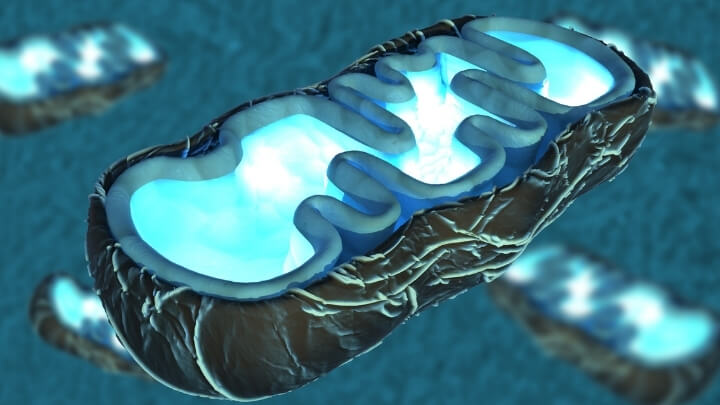
HIIT & Mitochondria
Many of the genes changed from HIIT are believed to influence the ability of mitochondria to produce energy for muscle cells.
Interval training produced increases in the number of mitochondria, especially among the older men. The cells of older men respond much more intensely to exercise than those of younger men, suggesting that it is never too late to benefit from exercise.
High intensity training can support muscle cell performance and reduce common age-related issues.
Exercise encourages your mitochondria to work more efficiently, and as they do so, they create more signaling molecules. These signals then stimulate the production of more mitochondria, creating a beneficial cycle of normal energy and muscle health.
Mitochondria Just Keep on Giving
Mitochondrial activity benefits the entire body, not only the muscles. Exercise promotes mitochondrial changes that may benefit the liver, kidneys, and the brain, too.
High energy requirements tissues such as the brain are highly dependent on mitochondria, and as their efficiency increases, brain cells get the support they need to fend off age-related changes.
By promoting proper circulation and nutrient delivery, brain cell maintenance support, and healthy energy, exercise supports mitochondria, so they can promote memory, learning, and a healthy mood.
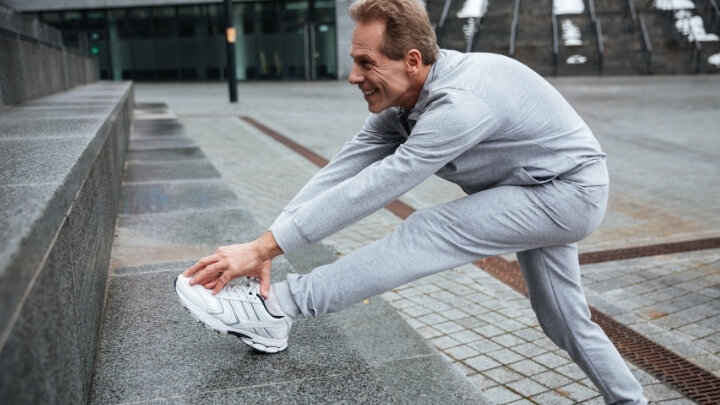
The Ideal Workout
As you get older, you ideally want to follow a workout session similar to that provided below. This will help keep your muscles in optimal shape and, even more importantly, support the health of your valuable mitochondria.
♦ Warm up for three minutes
♦ Exercise as hard as you can for thirty seconds. If you have done this right, it will feel as though you couldn’t possibly go anymore.
♦ Recover for ninety seconds
♦ Repeat the high-intensity session and recovery up to seven more times.
Note that when you first start intensity interval training, you should only do two or three repetitions to ease your body into this new routine.
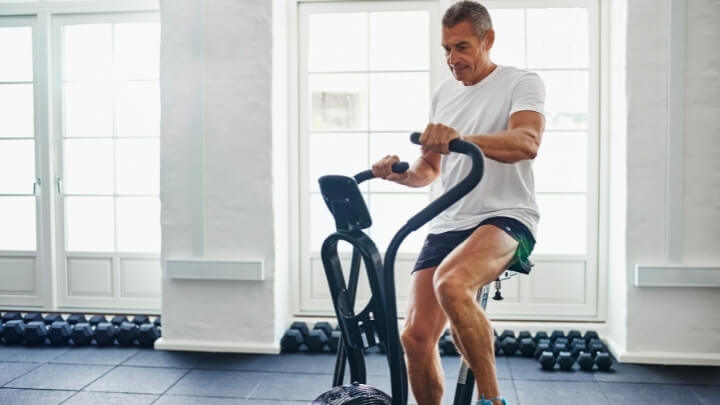
The Bottom Line
Getting older doesn’t mean your body must suffer through occasional aches and pains. Yes, age-related physiological changes are inevitable, but this does not have to slow you down.
With a nutrient-rich diet, regular HIIT training, and healthy lifestyle habits, you can promote optimal muscle health at any age.
So this Father's Day and every day, give yourself the treat of healthy muscles, healthy aging and a lifetime of health.
-
https://www.aarp.org/health/healthy-living/info-2017/anti-aging-workout-fd.html
-
https://www.nytimes.com/2017/03/23/well/move/the-best-exercise-for-aging-muscles.html
-
https://newsnetwork.mayoclinic.org/discussion/mayo-clinic-discovers-high-intensity-aerobic-training-can-reverse-aging-processes-in-adults/
-
http://www.cell.com/cell-metabolism/fulltext/S1550-4131(17)30099-2
-
https://www.ncbi.nlm.nih.gov/pmc/articles/PMC3582127/
-
https://www.ncbi.nlm.nih.gov/pmc/articles/PMC5390452/






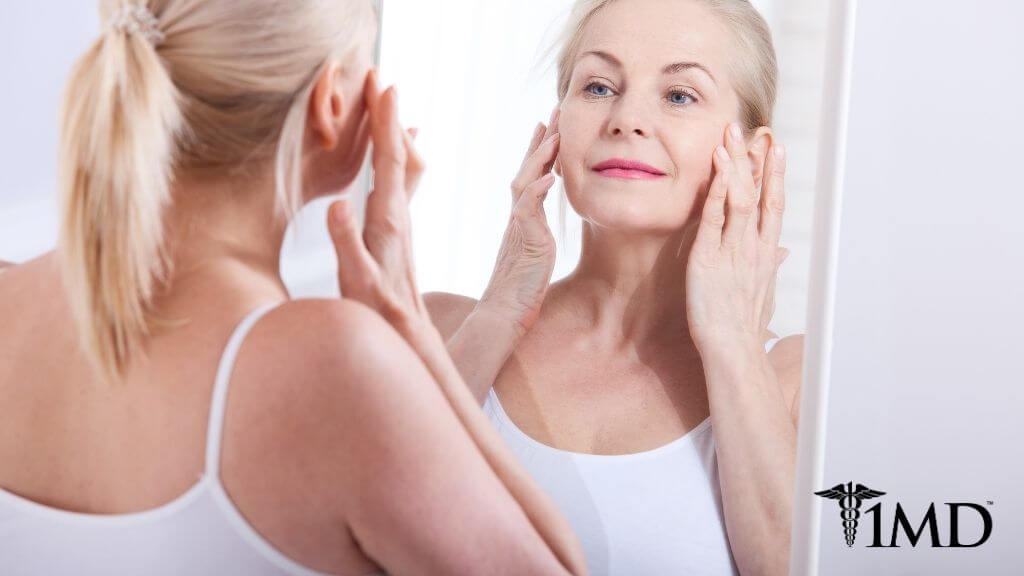
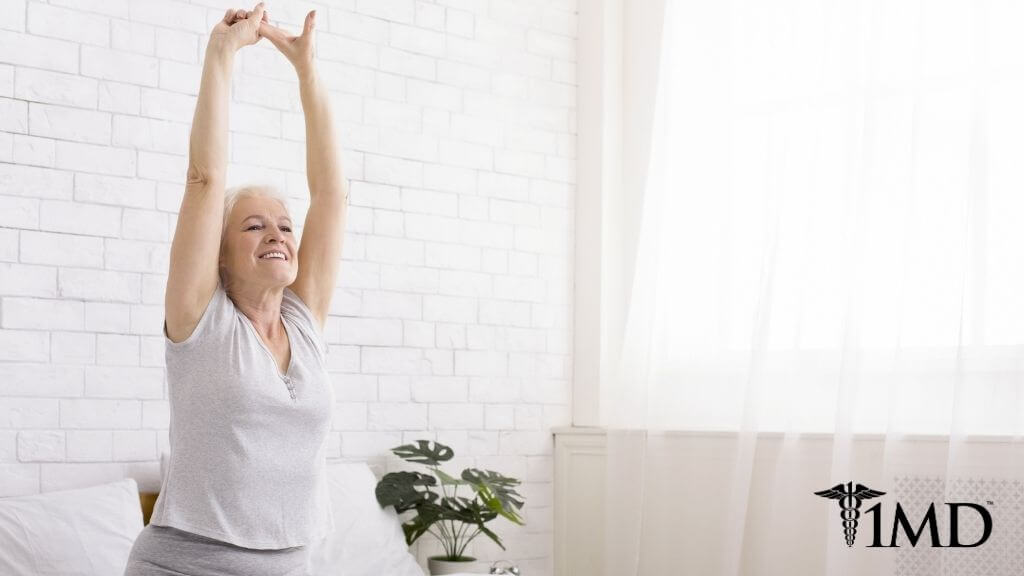
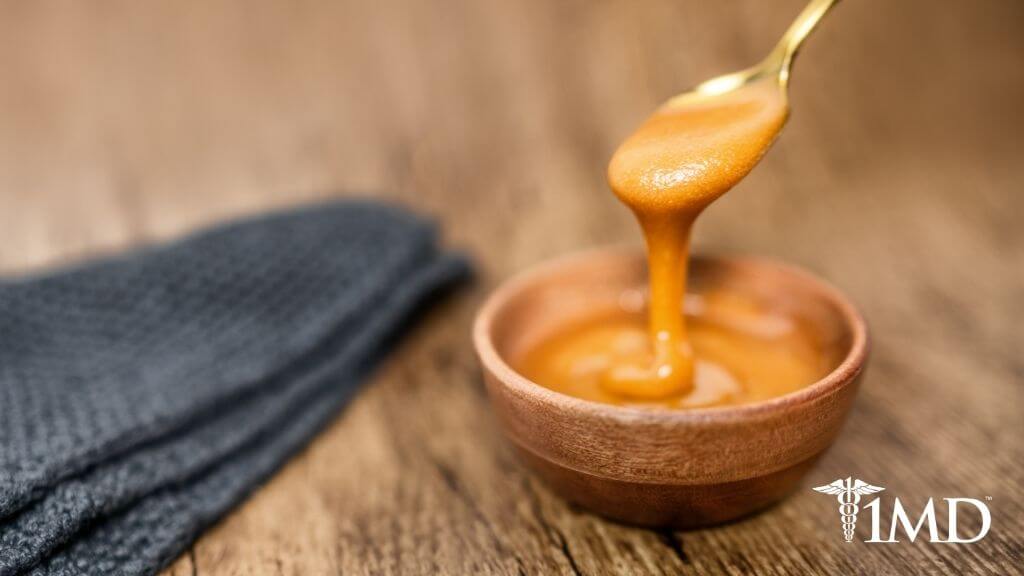
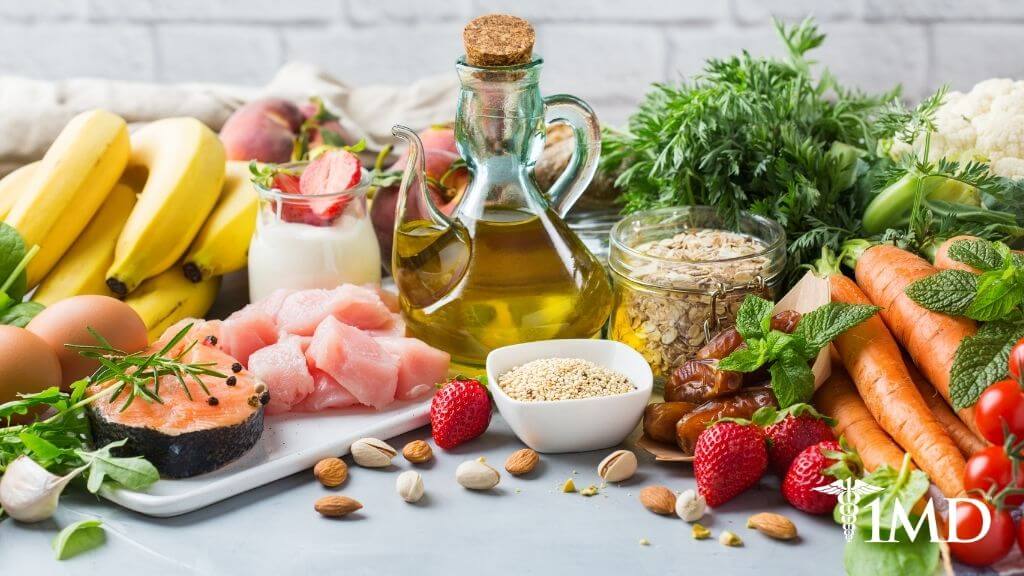
 Health Guides
Health Guides
 Latest Research
Latest Research


